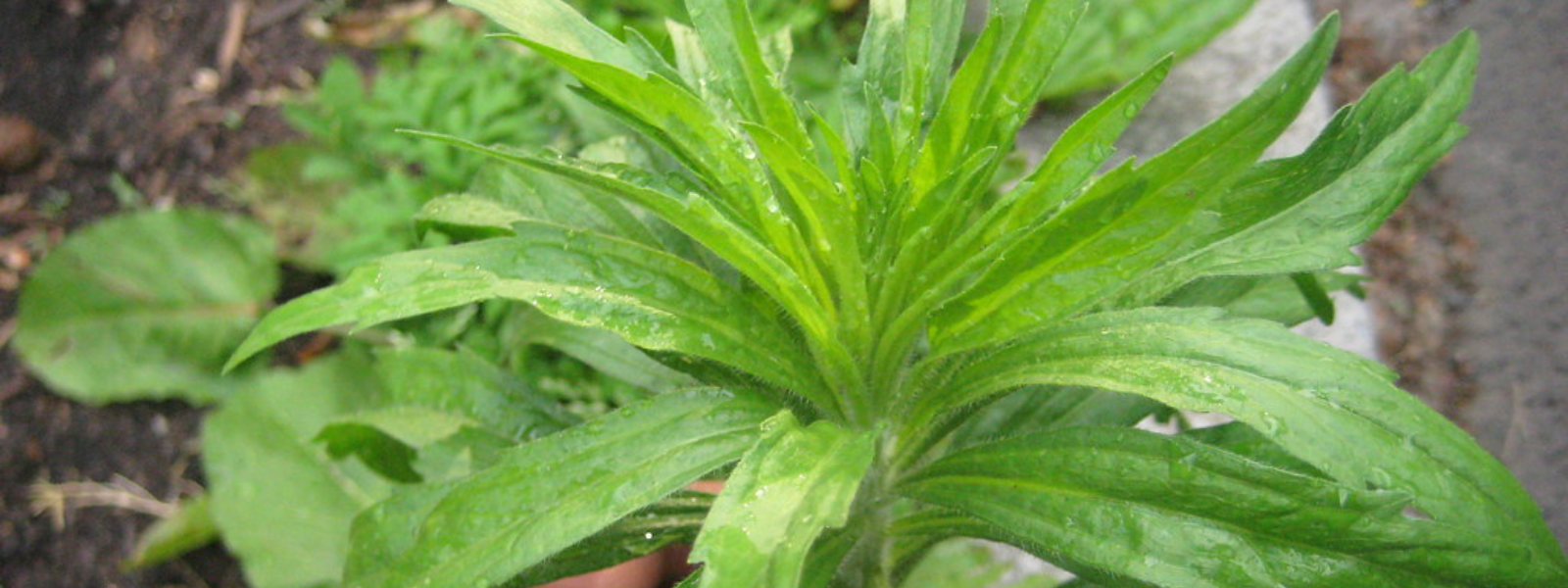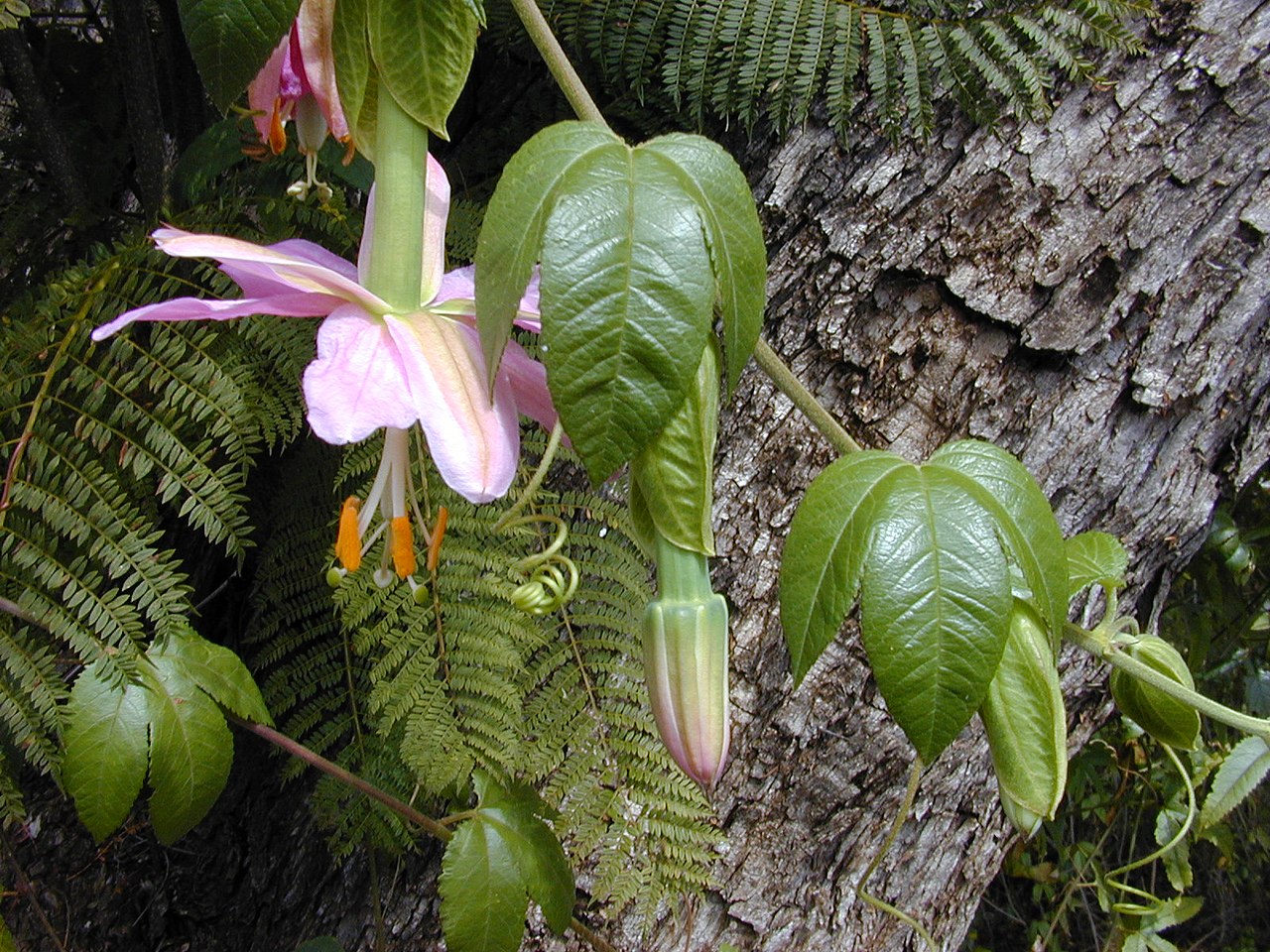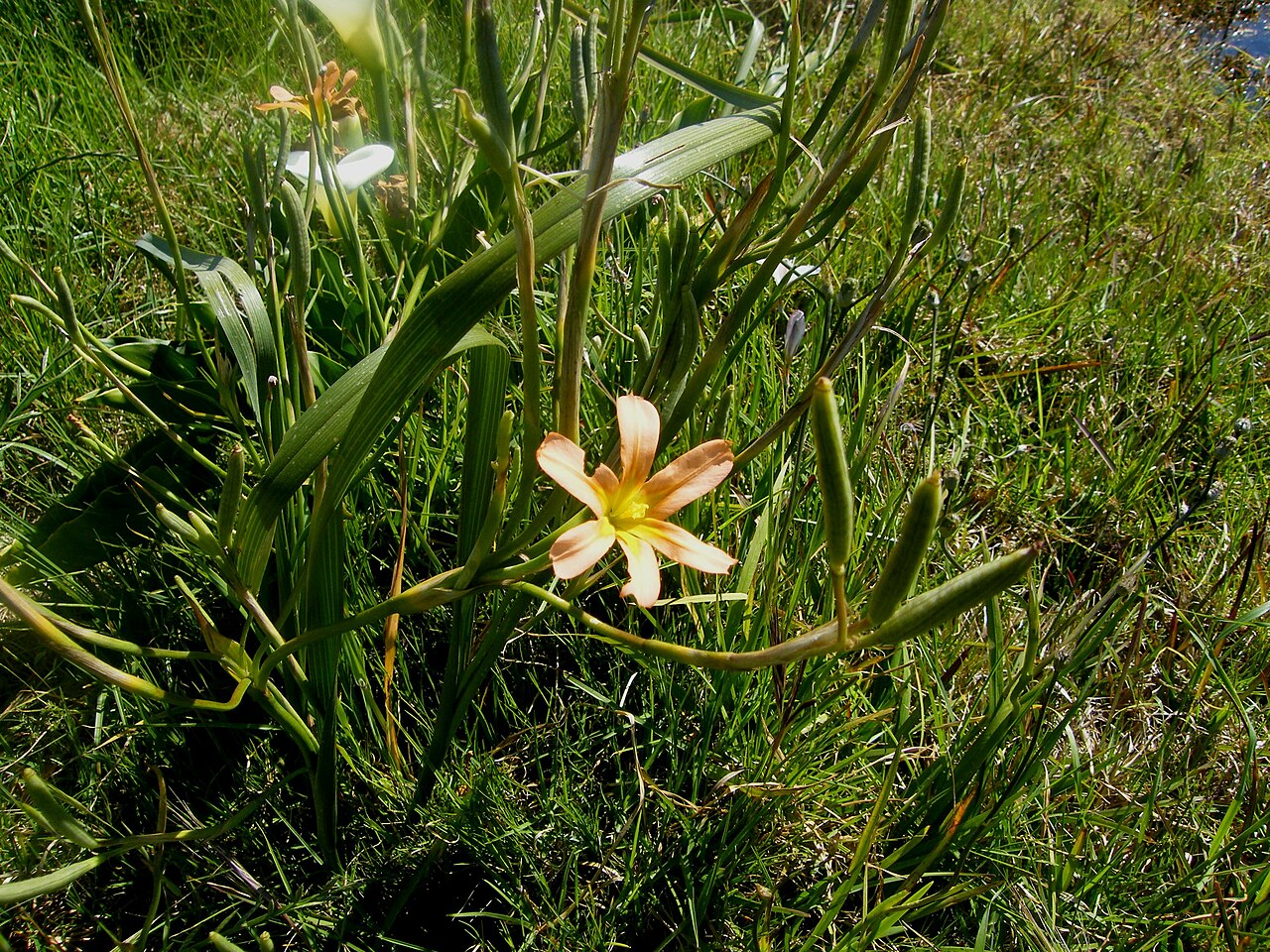
Fleabane
Common Name
Fleabane, Canadian Fleabane
Scientific Name
Conyza spp.
Family
Asteraceae
Lifecycle
Annual / Perennial
Seasons of Growth
Year round
Key Distinguishing Feature
Fluffy white flowers, basal rosette of leaves.
• Growth Form: Fleabane species vary in growth form, but they are generally herbaceous plants with upright or branching stems. Some species may have a bushy growth habit.
• Leaves: The leaves of Fleabane are typically alternate, simple, and lance-shaped or linear. They may have serrated or toothed margins.
• Flowers: The flowers of Fleabane are typically small and daisy-like, with white to pinkish-purple ray flowers (petals) and a central disk of yellow tubular flowers. They are borne in clusters or as solitary heads.
• Fruit: After flowering, Fleabane produces small achenes (seeds) with a tuft of bristles for wind dispersal.
Ecological Impact:
• Fleabane species are found in various regions, and some are considered invasive in agricultural fields and disturbed areas. They can compete with crops and native vegetation.
Control Methods:
• Control measures for Fleabane species are typically employed when they are invasive and negatively impact agricultural or natural areas.
• Mechanical control methods may involve mowing, tilling, or hand-pulling the plants to prevent seed production.
• Herbicides may be used for control, but care must be taken to use them safely and effectively, following local regulations.
• Integrated pest management (IPM) strategies may also be employed to manage Fleabane in agricultural settings.
• Preventing the spread of Fleabane through the dispersal of seeds is essential for management.
Fleabane is a collective term for various species within the Conyza genus. Control measures should be tailored to the specific species and the local conditions in which it is invasive. Local agricultural or environmental agencies can provide guidance on the best control practices for Fleabane in specific regions.
Key Products for Control:
-
Envu Method - Aminocyclopyrachlor (present as the potassium salt)




